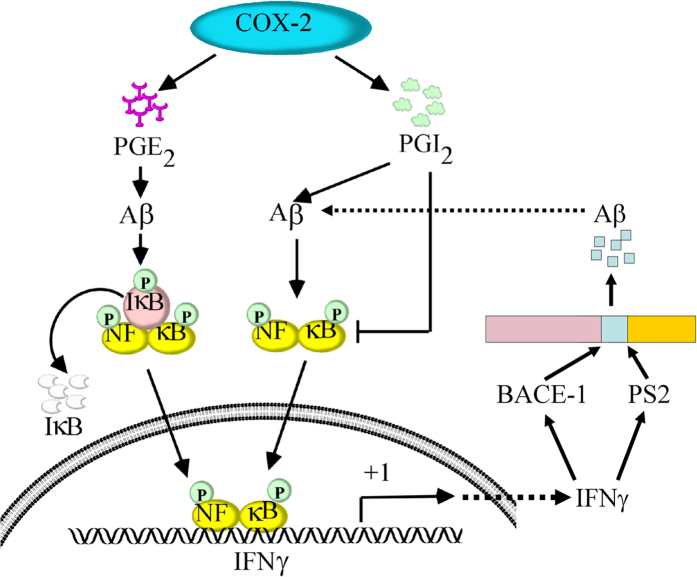Figure 8. Signaling cascade of IFNγ upregulation during the course of AD development.
COX-2 metabolic products including PGE2 and PGI2 displayed opposing effects on regulating the expression of IFNγ in vitro and in vivo. Specifically, PGE2 upregulated the expression of IFNγ via an Aβ-dependent NF-κB activating pathways. Although PGI2 can stimulate the expression of IFNγ via an Aβ-dependent NF-κB mechanism, PGI2 predominantly suppresses the expression of IFNγ via NF-κB-deactivating pathways, which is independent of Aβ1–42. Due to the role of PGE2 and PGI2 in inducing the production of Aβ1–42, we further found that Aβ1–42 oligomers stimulated the expression of IFNγ during the early stage of AD and that Aβ1–42 fibrils upregulated the expression of IFNγ at the late stage of AD. Highly expressed IFNγ accelerates the aggregation of Aβ1–42 in APs by inducing the expression of BACE-1 and PS2. These findings are instrumental for understanding the mechanisms of IFNγ upregulation in APP/PS1 transgenic mice and the roles of IFNγ in Aβ1–42 deposition in APs during the course of AD progression.

